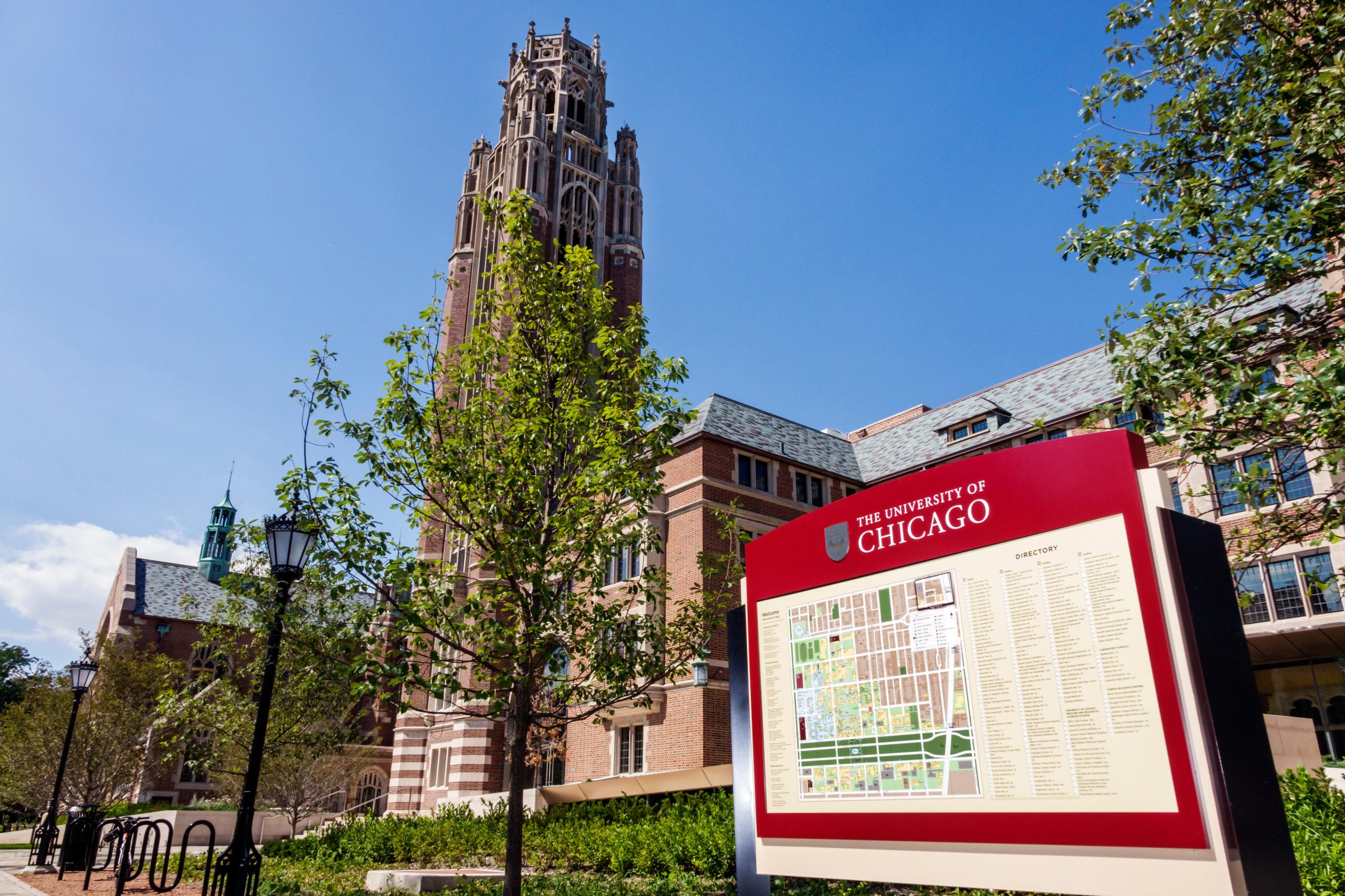
Chris Lange, FISM News
[elfsight_social_share_buttons id=”1″]
The University of Chicago is offering a course titled “The Problem of Whiteness” in its Winter course catalog, the Daily Caller reported.
The course is part of the school’s Critical Race and Ethnic Studies (CRES) program. Students in the class will be instructed to study course materials through the lens of critical race theory, the Marxist-based ideology which holds that race is a construct of society designed to oppress people of color and that is reinforced by government institutions, laws, societal conventions, and individual interactions.
According to the course description, whiteness is “a conspicuous problem within liberal political discourse” that has “worldmaking (and razing) effects.”
“Critical race theorists have shown that whiteness has long functioned as an ‘unmarked’ racial category, saturating a default surround against which non-white or ‘not quite’ others appear as aberrant,” the description reads. “This saturation has had wide-ranging effects, coloring everything from the consolidation of wealth, power, and property to the distribution of environmental health hazards.”
The course is taught by assistant instructional professor Katie Hickerson and teaching fellow Rebecca Journey, both of whom are white.
White hatred: the unspoken malignancy fueling a new racial divide
The class is but one example of the anti-white rhetoric which has permeated nearly every facet of American culture, according to RealClear journalist John Murawski, who reports extensively on culture and ideas.
Murawski recently highlighted key moments in recent years, particularly with the rise of the Black Lives Matter movement, that have fueled white hatred in America.
Among the kindling that fed the flames of racial hatred against whites, according to Murawski, were President Biden’s derision of Trump supporters as “white supremacists.” He also cites a 2021 Yale lecture by New York psychologist Dr. Aruna Khilanani titled “The Psychopathic Problem of the White Mind,” during which Khilanani described her “fantasies of unloading a revolver into the head of any white person that got in my way, burying their body and wiping my bloody hands as I walked away relatively guiltless with a bounce in my step, like I did the world a favor.”
Murawski also referenced a peer-reviewed academic journal article describing “whiteness” as “a malignant, parasitic-like condition to which ‘white’ people have a particular susceptibility.” The article was penned by New York psychoanalyst Donald Moss, M.D., who is white. Moss presented the paper in a continuing education course for licensed therapists.
“What strikes a casual observer is that such language would be instantly denounced if it targeted racial minorities or other protected groups,” Murawski wrote, adding that “such inflammatory rhetoric is defended or downplayed by cultural gatekeepers.”
“In its ultimate sign of success, this messaging has taken hold in public schools, corporate workplaces, medical journals, scientific research, and even diversity training in federal agencies … and disseminated in diversity materials and workplace-recommended readings that characterize white people as flawed, predatory, and dangerous to society,” Murawski continued.
A recent YouTube experiment that asked a group of white students and a group of black students about race and culture provides a fascinating insight into the effects of “white-shaming” and the modern racial divide in America.
When a group of white students was asked whether they agreed with the statement “I am proud to be white” in the video they overwhelmingly rejected the statement. Only one student said she “somewhat agreed,” but did so sheepishly, saying “Please don’t hate me” to her peers.
When black students were similarly asked, “I am proud to be black,” they all stated that they strongly agreed with the statement.
Editor’s Biblical Analysis
And He has made from one blood every nation of men to dwell on all the face of the earth, and has determined their preappointed times and the boundaries of their dwellings, so that they should seek the Lord, in the hope that they might grope for Him and find Him, though He is not far from each one of us; for in Him we live and move and have our being, as also some of your own poets have said, ‘For we are also His offspring.’ – Acts 17:26-28
We are all children of God. Our Lord does not care if you are Jewish, Greek, or any other nationality ethnicity (Galatians 3:28, Colossians 3:11). He does not show partiality (Romans 2:10-11). All who call on the name of the Lord will be saved (Romans 10:12-13).
This has always been the case. Even in the Old Testament, God’s commands to Israel to segregate themselves from other nations were based on those nations’ worship of false idols, not because of race or ethnicity (Judges 2:1-3, 2:11-15).
In His final act before ascending to heaven to sit at the right hand of the Father, Christ Jesus commanded his apostles to
Go therefore and make disciples of all the nations, baptizing them in the name of the Father and of the Son and of the Holy Spirit,teaching them to observe all things that I have commanded you; and lo, I am with you always, even to the end of the age.”[d]Amen. – Matthew 28:19-20
There clearly is no place for racial, ethnic, or national discrimination within the Church. Attempts to racially discriminate or label people based on the color of their skin are against the will of God as clearly defined throughout Scripture.
